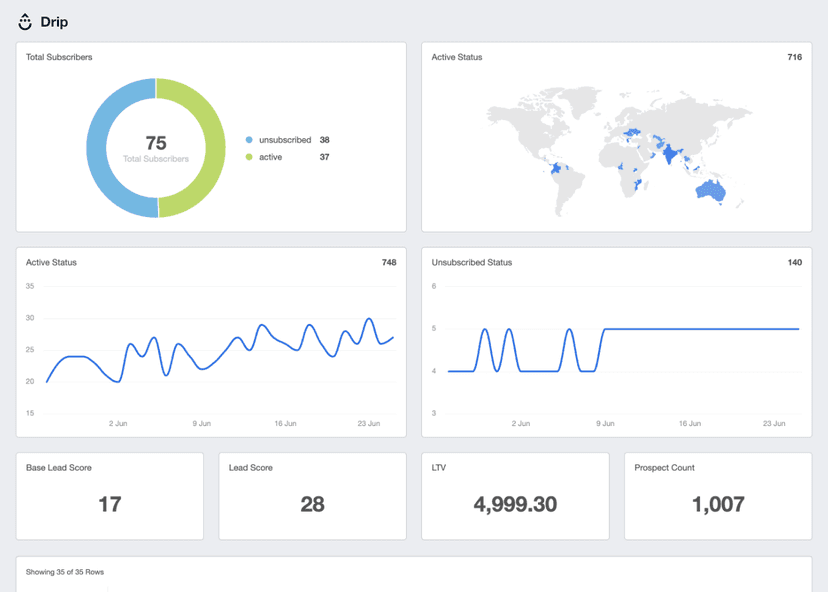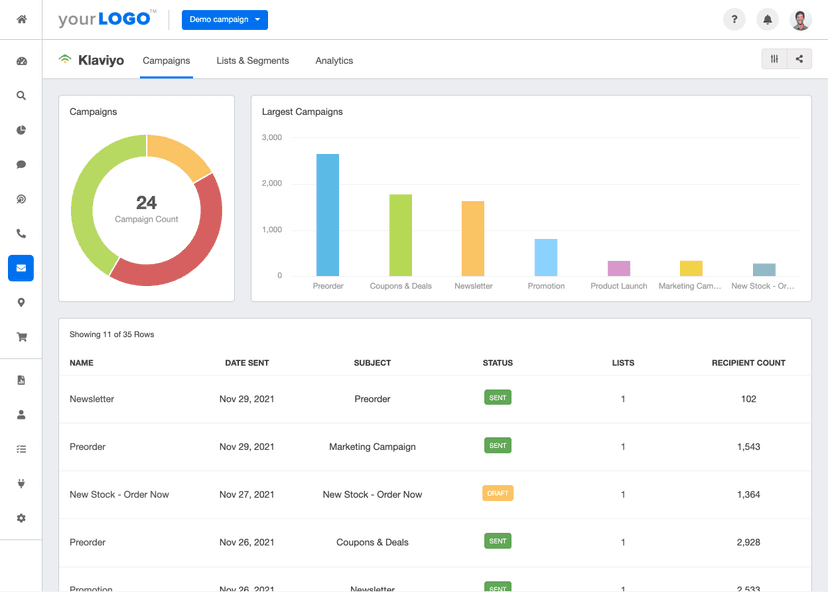List Growth Rate
Targeting Strategies
Refine audience targeting and segmentation to ensure more personalized outreach.
Engagement Analysis
Gauge audience engagement to optimize content that resonates with subscribers.
Campaign Impact
Evaluate the impact of specific campaigns and identify top-performing initiatives.
Resource Allocation
Allocate budget based on List Growth Rate to maximize impact and engagement.
Why List Growth Rate Is Important
List Growth Rate assesses the vitality of an email marketing strategy. A consistently growing list indicates successful outreach and audience interest. It also reflects the effectiveness of lead generation tactics and the appeal of content or incentives.
Furthermore, this rate is a predictive indicator of potential future engagement and revenue. A robust List Growth Rate suggests a healthy pipeline for conversions, highlighting the long-term sustainability of email efforts.
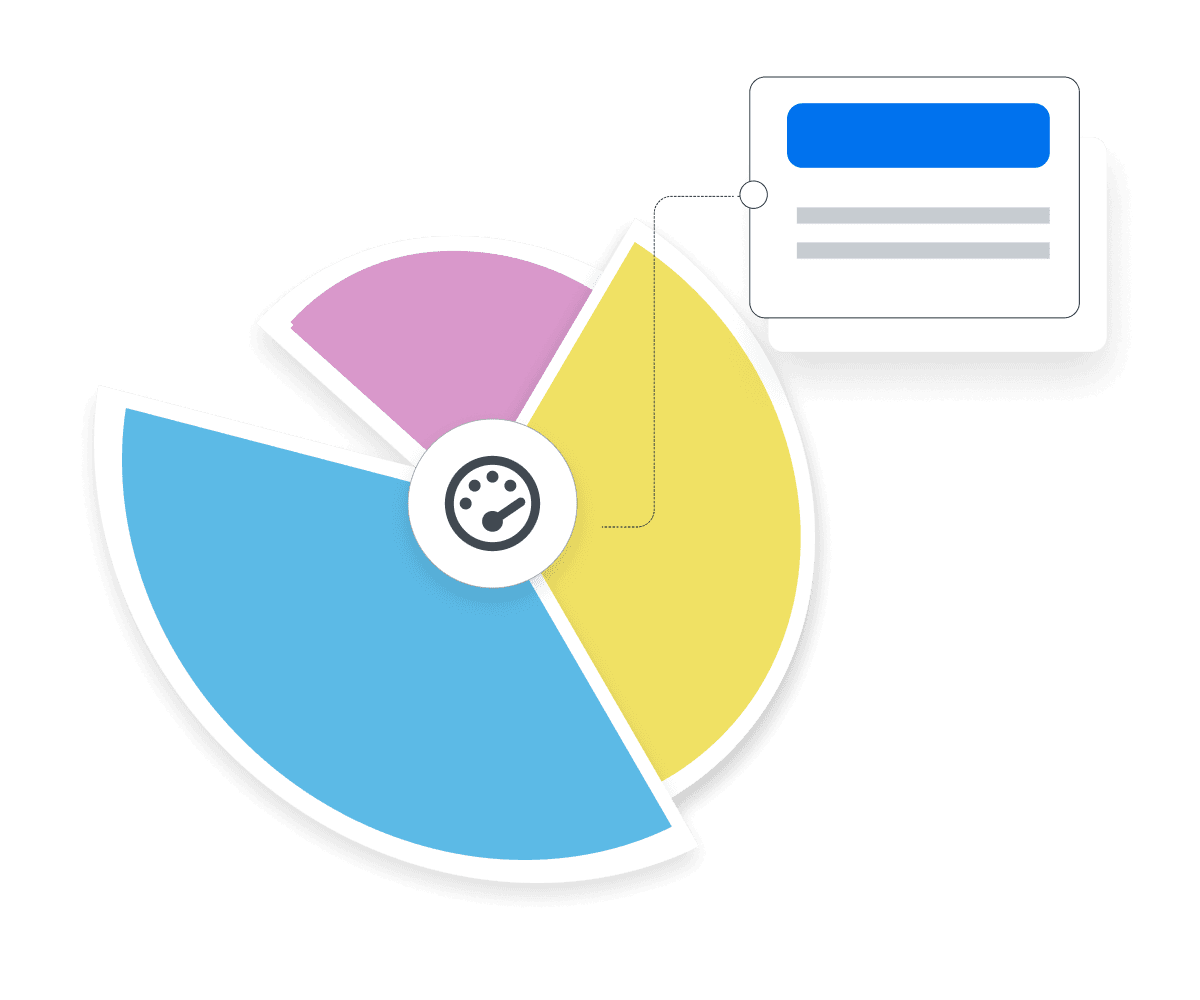
Stop Wasting Time on Manual Reports... Get Email Insights Faster With AgencyAnalytics
How List Growth Rate Relates To Other KPIs
List Growth Rate is closely related to Email Open Rate and Click-Through Rate (CTR). A rising List Growth Rate often leads to increased email opens and clicks, indicating a growing audience size and enhanced engagement.
Conversion Rate is another key metric affected by List Growth Rate. As the list expands, a steady or increasing Conversion Rate suggests that new subscribers are well-targeted and likely to take desired actions.
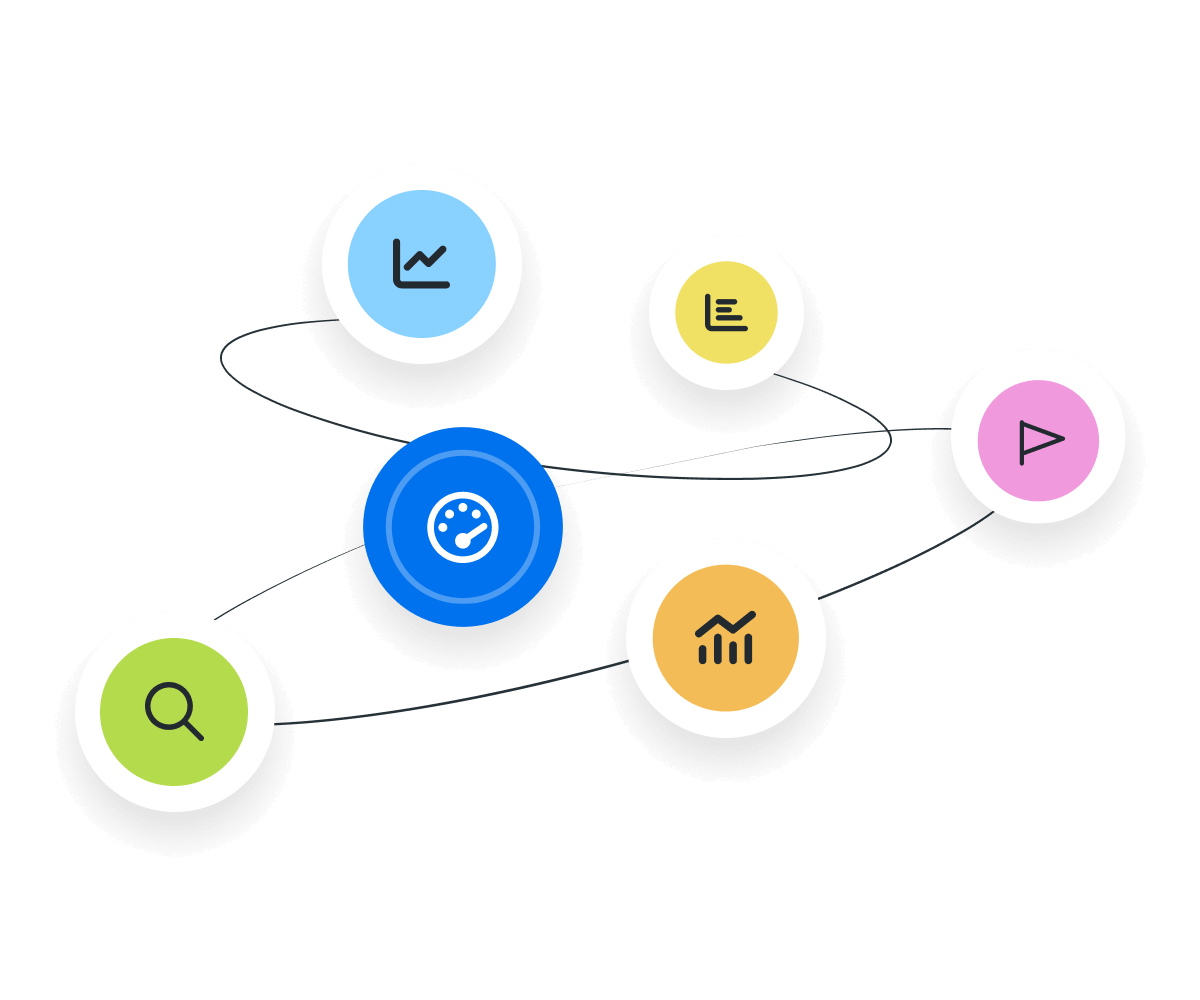
How To Calculate List Growth Rate
First, determine the net increase in subscribers over a given period. This is found by subtracting the number of unsubscribes from the number of new subscribers. Then, divide this net increase by the total number of subscribers at the start of the period. Multiply the result by 100 to express the rate as a percentage.
What Is a Good List Growth Rate?
A good average List Growth Rate typically ranges around 1-3% per month for mature lists. This rate indicates a healthy, steadily expanding subscriber base while maintaining quality and audience engagement. Achieving and maintaining this rate suggests that email strategies attract new subscribers while keeping a low churn rate.
What Is a Bad List Growth Rate?
A bad average List Growth Rate is often below 0.5% monthly. This low growth may signal issues in lead generation tactics, content appeal, or overall marketing effectiveness. It may also indicate high unsubscribe rates, which usually require a review of targeting and engagement strategies.
How To Set List Growth Rate Goals and Benchmarks
In addition to researching industry standards, analyze past performance to understand the growth rates that have historically been achievable and sustainable.
Back-calculating from revenue targets also provides a List Growth Rate goal. For instance, estimate how many new subscribers are needed to achieve a specific Conversion Rate.
Why List Growth Rate Matters to Clients
For clients, List Growth Rate is a direct reflection of brand reach and potential market influence. A growing list signifies successful audience engagement and expands a client’s customer base. A healthy List Growth Rate is often a precursor to enhanced sales opportunities. This makes it a key metric for forecasting revenue potential and future business strategies.
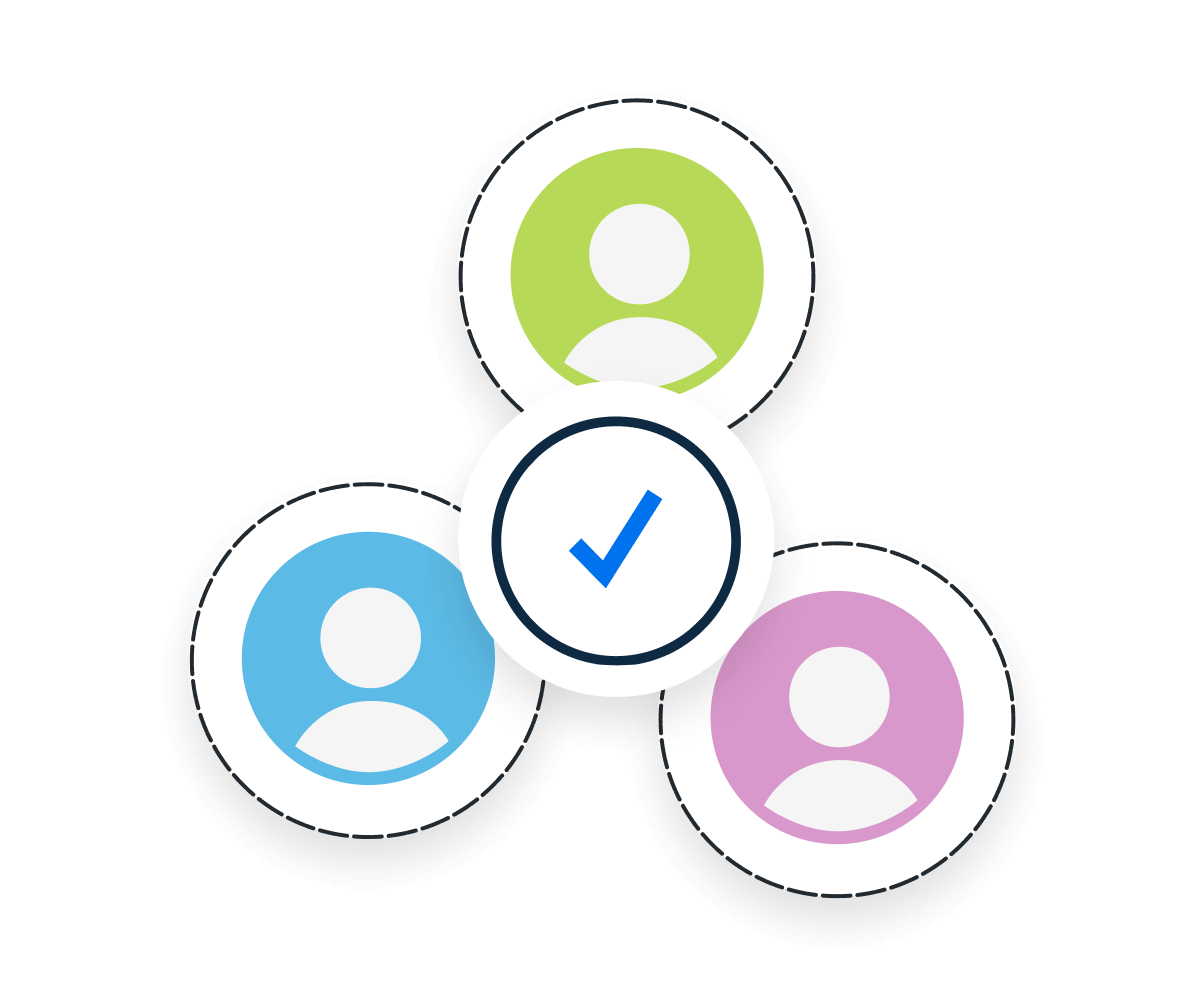
Why List Growth Rate Matters to Agencies
A growing List Growth Rate demonstrates that agencies know how to attract and retain a client's audience. It also shows their expertise in crafting successful email marketing campaigns and audience engagement strategies.
List Growth Rate assists in identifying areas for improvement and refining marketing strategies. Agencies leverage this data to continuously improve email campaigns, show tangible list growth, and drive results.

Discover the All-in-One Reporting Tool Trusted by 7,000+ Marketing Agencies
Best Practices for Analyzing and Reporting on List Growth Rate
A comprehensive analysis of List Growth Rate is critical to optimize email campaigns. Here are a few reporting strategies to communicate results and refine future campaigns.
Segment Growth Reporting
Break down list growth by subscriber segments to identify which demographics are most responsive and likely to engage further.
Source Analysis
Report on which acquisition channels contribute most to list growth, such as social media, website sign-ups, or referrals.
Unsubscribe Rates
Include unsubscribe rates alongside growth figures to provide a comprehensive view of list health and engagement.
A/B Test Insights
Incorporate results from A/B testing in signup forms or lead magnets to show how different tactics impact list growth.
Engagement Correlation
Correlate list growth with engagement metrics like open and Click-Through Rates to assess the quality of new subscribers.
Time-to-Conversion Analysis
Track how long new subscribers take to convert after joining the list, linking growth rate to revenue potential.
Mailchimp Dashboard Example

Related Integrations
How To Improve List Growth Rate
Enhancing List Growth Rate is crucial for increasing audience engagement and campaign effectiveness. Here are some strategies to accelerate List Growth Rate.
Refine Opt-Ins
A/B testing of placements and CTAs will identify the most effective format for increasing sign-ups.
Content Tailoring
Create a targeted approach by segmenting email lists and personalizing content based on subscriber data.
List Cleansing
Regularly vet email lists to remove invalid email addresses and maintain a high-quality audience.
Related Blog Posts
See how 7,000+ marketing agencies help clients win
Free 14-day trial. No credit card required.

